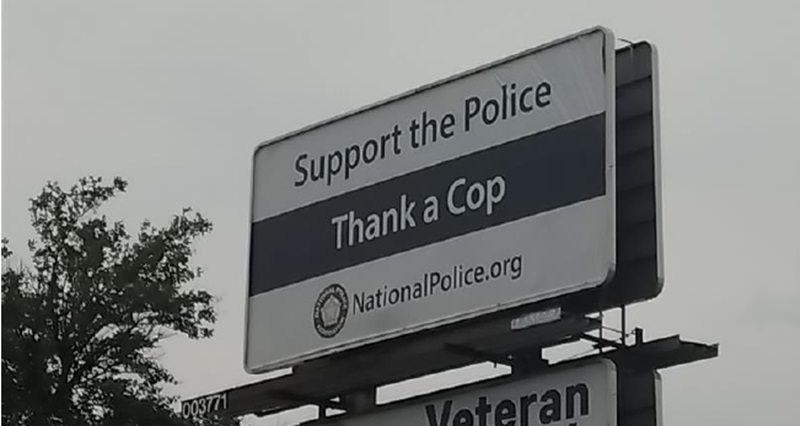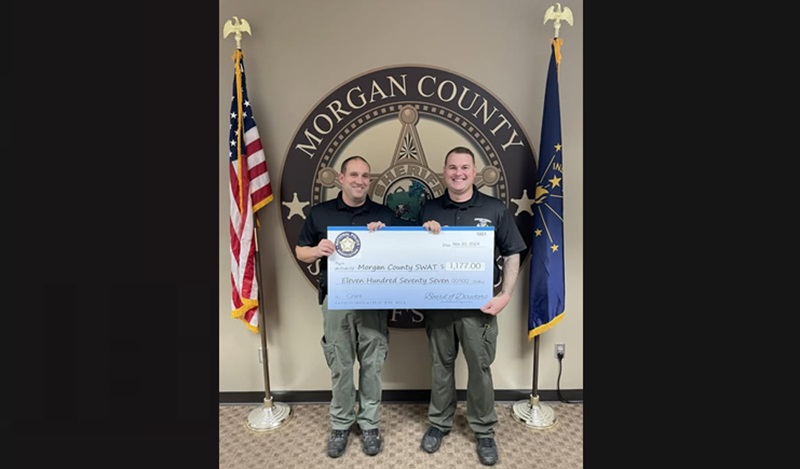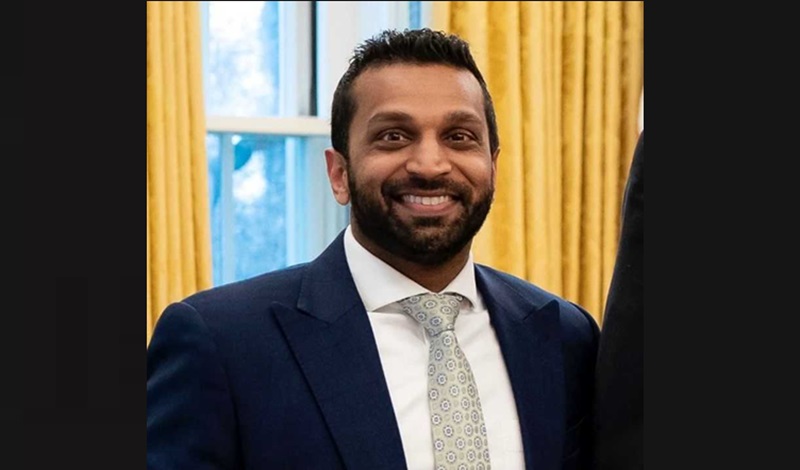
Almost everyone being interviewed for a job claims that “I am good with people.” That’s not enough for the law enforcement officer. For most people being “good with people” means knowing how to engage in polite conversation, handling occasions when people are mildly upset, or dealing with occasional conflict. For the police officer, normal isn’t normal.
The motorist on a traffic stop is not in a normal mood. The stop is an annoyance, perhaps a little scary, and possibly going to be expensive. The crime victim is distraught, discombobulated, possibly hurt, and maybe even resentful that the police let this happen. The suspect is defensive, resistive, evasive, and stressed. The witness is traumatized or inconvenienced.
In addition to the transient, circumstantial anxiety or aggression among those interacting with law enforcement, about 60 million people in the U.S. have a diagnosable mental illness in any given year. While most people dealing with a variety of mental problems are functional and go about their day dealing with it, there are often deficits in communication, perception, and social skills that challenge law enforcement in dealing with these citizens in a variety of situations where additional stress is present.
More than 1 in 5 youth (ages 13–18) have had a seriously debilitating mental illness at some point in their life. 1 in 5 youth also had at least one major depressive episode in the past year. 18% of adults and 9% of youth in the U.S. had a substance use disorder in the past year, and 1% of Americans are affected by schizophrenia. Nearly 5% of the population will have suicidal ideation in any given year.
Common narratives about the lack of skill of police officers dealing with people in mental health crises imply that interactions with people under stress or in crisis are failures. With millions of police-citizen contacts daily, this claim makes as much sense as saying most physicians don’t know how to deal with sick people.
Police officers deal with the unpredictability of each day and each event to which they respond with appropriate caution. The odds of interacting with a person who is impaired in some way is nearly 100%, whether a transient mood or a serious disability. The routine commands that officers make like asking for identification or ordering a person to remain in a certain place, can spiral into an uncomfortable confrontation.
Adults with autism comprise as much as 2% of the population. One in eight persons has bilateral hearing loss. Seven million Americans have vision loss or blindness. One in seven adults has a mobility impairment. Communicating with these populations requires officers to understand that the reason for what appears to be non-compliance may be beyond any particular citizen’s immediate control.
Suicidal persons may use a police interaction, or precipitate a police interaction to achieve their goal of self-harm. Those with depressive or anxiety disorders may be slow to respond to police orders. Persons with sensitivity to loud noises or other environmental sensory stimulation may panic or retreat in chaotic situations where police are present. Persons who are experiencing detachment from reality such as visual or auditory hallucinations may not recognize a police officer as a legitimate person with authority or may be internally hearing conflicting voices competing with the police officer’s voice.
Substance abuse, ranging from legal alcohol to potent hallucinogenic illegal narcotics, is a frequent impediment in communications between police and civilians. Slowed reaction time, misperceptions, loss of sensory awareness, and loss of common sense inhibitions test the patience. While illegal drugs justifiably grab headlines, alcohol reigns as America’s number one substance problem. All areas of crime and disorder are disproportionately related to alcohol use, with 10% of the population having an alcohol use disorder.
Language barriers also complicate police interactions. Over 8% of the population has limited English proficiency, and millions speak little, if any English. While translation services are available, there are an estimated 350 languages spoken in the U.S. making urgent communication potentially delayed.
Being “good with people” isn’t just a good attribute to have as an employee, it is a survival skill for the police officer.
Make a difference. Support the NPA.






